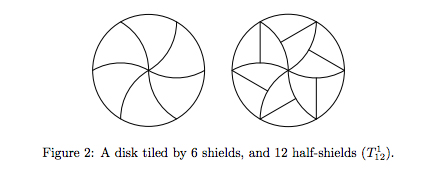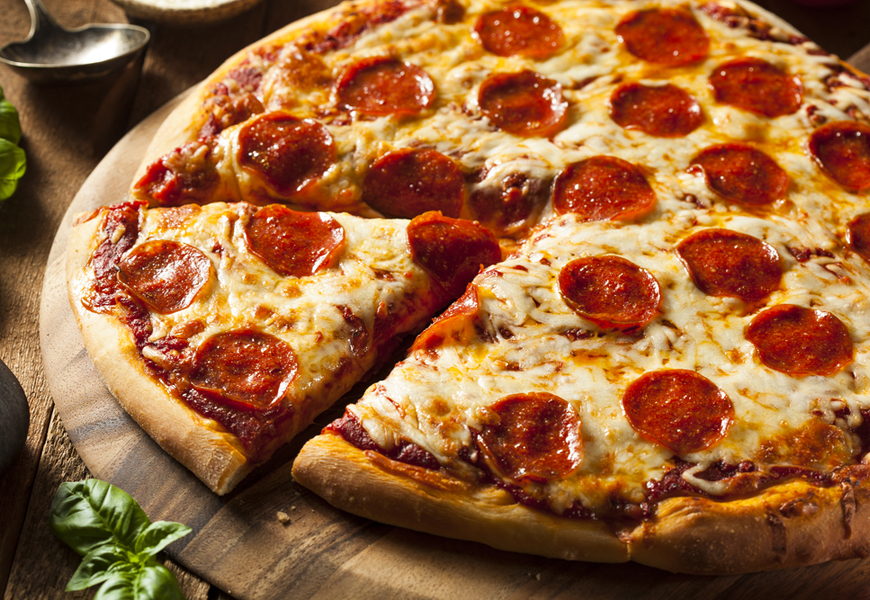Picture this:
It’s Super Bowl Sunday or the night of a big UFC pay-per-view. You and a few friends are spread out over the couches and recliners of some living room, your gazes glued to the TV. You’ve been drinking beer for a few hours, and your stomach is beginning to grumble. Somebody suggests ordering a pizza, and everyone is on board. Half an hour later, you’re all pulling steaming slices from a box—but something is wrong. Terribly wrong.
The slices are all different sizes. The bigger ones get slurped up first, and what you’re left with are a few pathetic pieces no bigger than a Dorito. It’s a scary thought, isn’t it?
Well, take solace. According to a report by New Scientist, Joel Haddley and Stephen Worsley of the University of Liverpool have created a method of dividing a pizza into an unlimited number of uniform slices.
Haddley and Worsley have already left their mark on pizza-eating, having previously developed a system called monohedral disc tiling, which divides a pizza into 12 uniform slices. This method requires the slicer to cut six, three-sided slices into the pizza, then divide these slices into two. The diagram below shows the intended outcome.

Apparently, however, Haddley and Worsley weren’t satisfied with this contribution to pizza-eating. They have since one-upped their previous efforts with a paper called Infinite Families of Monohedral Disk Tilings. The paper concludes that a pizza can be divided into an unlimited number of uniform slices by creating curved shapes with any odd number of sides. These shapes are known as five-gons, seven-gons, nine-gons and so on, and can be divided into equal halves an infinite number of times. That said, while Haddley told New Scientist that “mathematically, there is no limit whatsoever,” he did acknowledge that things get tricky with slices that have more than nine sides. Makes sense.
So, remember back in your high school math classes when you would wonder what real-world application the material you were studying could possibly have? Here’s your answer. Then again, this method seems to complicate other pizza-eating problems like topping distribution and crust portions. And let’s face it, we order pizza because it’s quick and easy. If we had to solve a math problem every time we ordered it, well, we probably wouldn’t order it at all.












